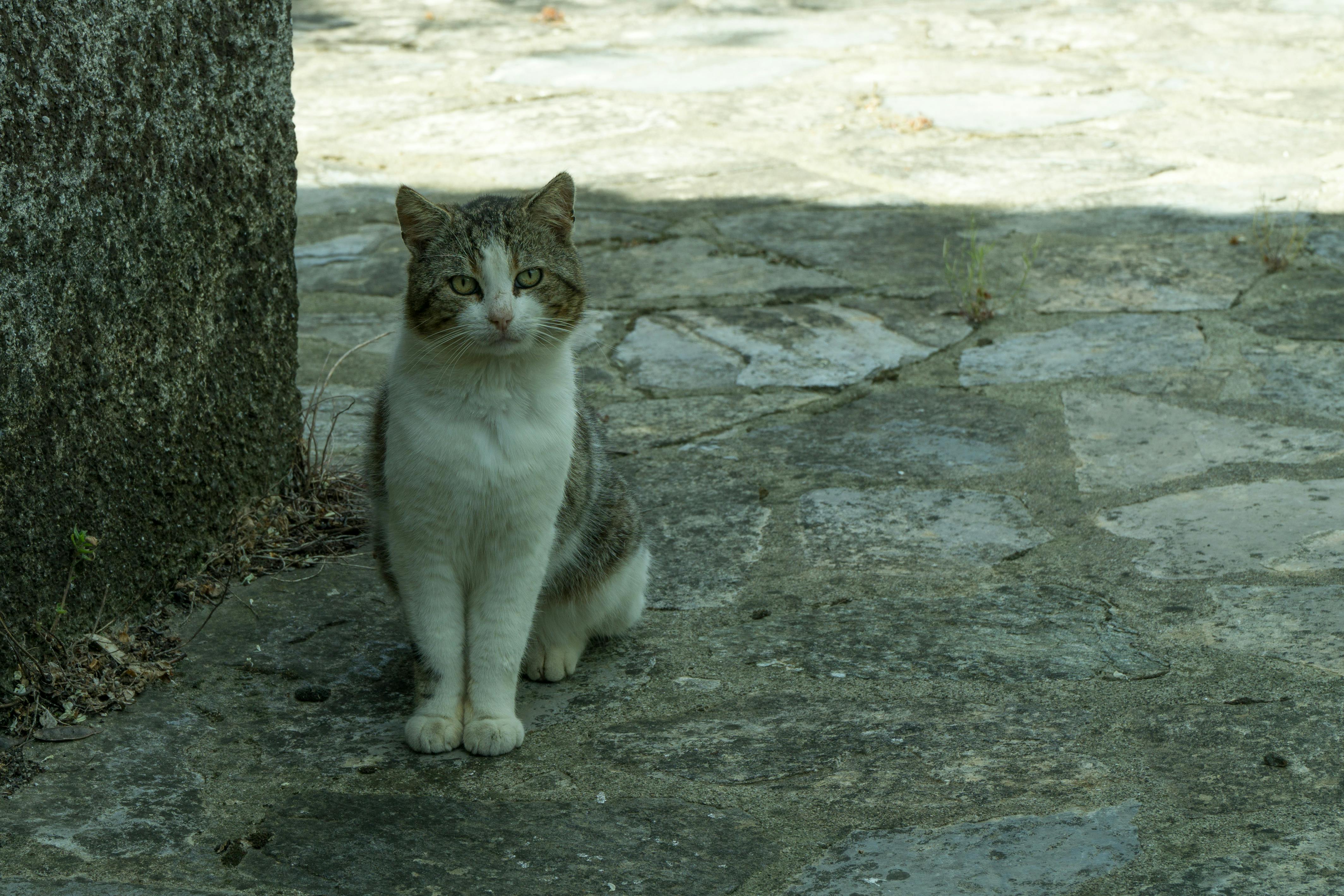
Taming the Wild Dust Bunny
One pet that is easy to care for and not demanding is the common dust rabbit (fluffus delicus timidus sporadicus (L.)), however it must be captured and domesticated. To do so, once you have located one, is to slowly approach it. Don’t move towards him too fast or your subject may run and hide further under his hiding place. If you do, under no circumstances should you use an object, such as a broom, to retrieve your potential pet, as Dust Bunnies are easily damaged. Just slowly move to the other side of his hideout and, working with a partner, blow gently into his hideout to convince the shy Dust Bunny to come out the other side and hopefully lead him into your partner’s hands. You should have instructed your partner to be very nice when picking up their new pet.
Take care of your new Pet Dust Bunny
accommodation
Now that you’ve captured your new pet, the best place to keep it is an old laundry basket turned upside down. In this way, your pet has a good vision of the outside world as well as good lighting, although this is not necessary for the happiness of your pet since it can exist in dark places and be perfectly content.
Food and water
Dust Bunnies are very easy to feed. They exist in a variety of soft and lightweight materials. Your Dust Bunny pet will only eat if you take it out of its cage and let it roam on a smooth floor with a good draft. Simply sprinkle lint from clothing, human hair, other pet fur, small feathers, and dust on the floor, and watch your pet wallow hungrily consuming your offerings.
A delicacy to offer your pet Dust Bunny, but only in moderation as it is so yummy, is navel fluff, also known as “navel fluff.”
Feed your pet only once a week. If you find that your pet is growing too large, he will become lethargic and may stop playing. Its size can also pose a danger to your home and guests, as it will surprise guests and family members who may leave and never return. (See Killer Dust Bunny, monstera dusticus (L.))
Under no circumstances should you give your pet Dust Bunny liquids of any kind. Doing so is very dangerous; It can cause your pet to get soaked and choke or become so heavy that they will never recover even after drying off.
Exercise and play time
Your weekly feeding should give your Dust Bunny enough time to play and exercise while running on the stream that you provide. Never let your pet play outside; it’s guaranteed to get away and never see it again. Never put a leash on your pet; Doing so can cause bodily harm to your Dust Bunny and it will deteriorate at an alarming rate.
Even if your pet is big enough and doesn’t need more feeding, let him out of his cage once a week to play in the breeze, as always keeping an eye out for potential hazards like vacuums, brooms, mops, other pets, and people. walking inside the room.
Companionship and reproduction
However, pet dust bunnies don’t need a companion, if they are allowed to roam around other dust bunnies, instinct can take over and they can mate with another of their kind. Doing so will not cause reproduction, but will simply create a larger dust bunny (See Killer Dust Bunny, monstera dusticus (L.))
The following items are very dangerous for your pet:
– human feet, especially those dressed in heavy boots and shoes
– vacuum cleaners
– mops
– dust mops
– other pets
– water and other liquids
– fire
How to prevent the creation of the Killer Dust Bunny, monstera dusticus (L.)
A dust bunny that reaches 3 “or more is a potential threat, especially to those who visit. Your guests and family members may not return once they have met your oversized dust bunny. Therefore , refrain from feeding the bunny that has reached the maximum size.This will not harm it, as it will exist in the air molecules and will no longer require any additional food to survive.
Following these simple steps will keep your Pet Dust Bunny happy and healthy, and ensure you have a lovable pet that you can enjoy for life!